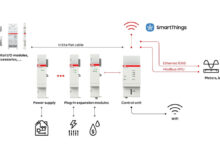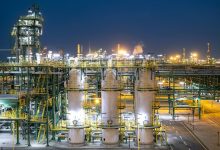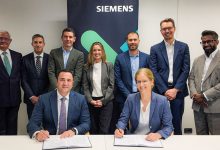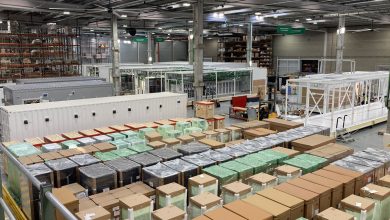JM to Drive World-leading Fuel Cell Performance
Johnson Matthey (JM), as part of leading European consortium GAIA, has helped deliver a fuel cell power density of 1.8 W/cm2 @0.6V. This represents a twenty per cent increase versus state-of-the-art technology. This market-leading result marks a significant step forward for fuel cell technology and JM’s net zero aspirations.
Working alongside BMW, Freudenberg, 3M and others, JM has been instrumental in delivering this step-change, supplying critical components within the fuel cell stack – the membrane electrode assemblies (MEAs).
This milestone is a further example of how JM is applying its heritage in fuel cell technology to help the world become cleaner and healthier, today and for future generations. The increased power density will lower overall stack cost, in turn helping to advance the commercialisation of fuel cell powered vehicles. This helps with the decarbonisation of the entire transport sector, meaning light duty vehicles such as passenger cars, as well as HGVs and trucks, contribute zero emissions.
It demonstrates how JM will help customers meet the EU’s Fit for 55 proposal on 14 July which commits to reduce CO2 emissions in the EU by 55% by 2030, as well as the UK’s Decarbonising Transport roadmap, also published on 14 July, which proposes to phase out polluting vehicles weighing between 3.5 tonnes and 26 tonnes from 2035.
“Developing a robust fuel cell powertrain solution to decarbonise transportation will be critical to achieving net zero goals around the world. These fuel cell stacks could be powering trucks on our roads in five years’ time and will be the best-in-class fuel cell technology currently available. JM is proud to play a key role in the GAIA project and leverage our extensive fuel cell experience to benefit all,” Jo Godden, Managing Director of Johnson Matthey’s Fuel Cells business, commented.
The GAIA project, which started in January 2019 and will run for 3.5 years, aims to develop and bring together advanced critical proton exchange membrane (PEM) fuel cell components, integrated into a fuel cell that is capable of delivering the most challenging performance, cost and durability targets required for large-scale automotive fuel cell commercialisation.
Driving the energy revolution
The automotive powertrain and energy landscape are going through their biggest transition in a generation. Consumers are pushing for more sustainable power and energy storage options. Governments are facing pressure to respond with demanding targets and regulations.
Fuel cells – containing components such as JM’s membrane electrode assemblies (MEAs) – will be part of the mix. They will help to decarbonise our roads and planet, and compliment battery technology solutions. Hydrogen, when used in a fuel cell, generates power electrochemically and the only by-product of the process is water. This means that fuel cells can create power without releasing any harmful emissions or particulates.
The demand for continuous innovation on our roads is clear. Yet, this demand also extends beyond automotive applications. That’s why JM is well positioned to drive solutions for a range of markets, from stationary power generation to forklifts to trains.
JM has MEA manufacturing sites in both the UK and China, which are supported by their fuel cell catalyst sites across Europe, North America, and Asia.
JM’s fuel cell technology
JM’s fuel cell technology has moved the industry forward for over two decades. They have provided solutions to problems for some of the world’s most established fuel cell players, expanding their reach globally and investing heavily in R&D along the way. Ensuring exceptional performance and durability, JM is continually developing next generation catalysts, inks, membranes and the associated coating and manufacturing technologies.







